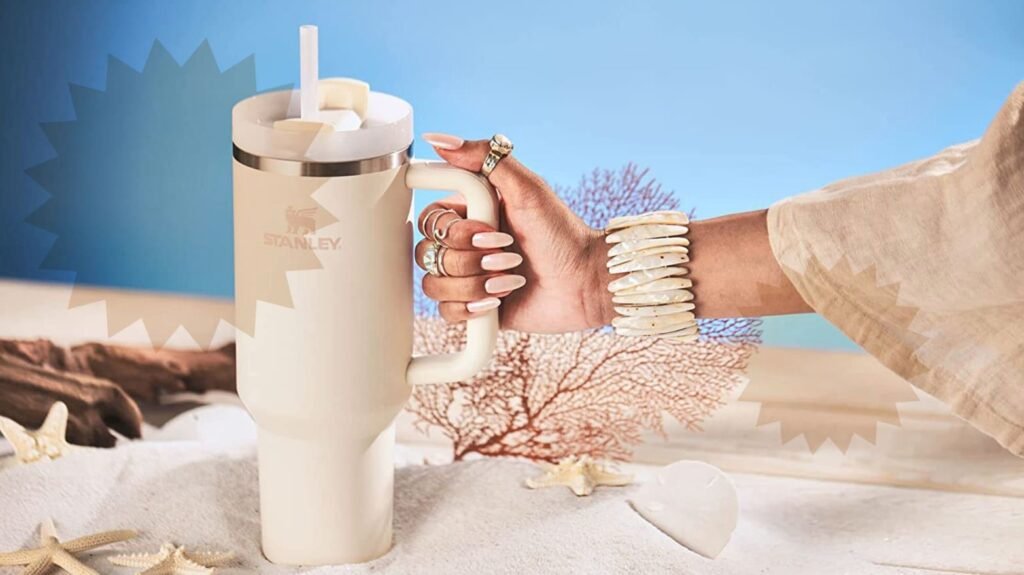Stanley, the company known for their popular “Quencher” cups that went viral on TikTok for their ability to keep drinks cold for a long time, has acknowledged that these cups contain lead, a toxic heavy metal.

A Stanley spokesperson has confirmed that their manufacturing process uses a common pellet containing lead to seal the vacuum insulation in their products. However, this lead material is covered by a strong stainless steel layer, ensuring that consumers cannot come into contact with it and till date, lead poisoning from a broken Quencher cup is uncommon but still possible if the cup gets damaged.
So, YES, lead is found in Stanley Quenchers, and while the company claims it is not present in the parts of the cup that touch the skin or the beverages inside, this raises concerns about potential lead poisoning for those who use the cups.

According to CNN, there is lead that is trapped under a layer of stainless steel. As long as the stainless steel remains intact, there is no risk of coming into contact with the lead. However, if the stainless steel is broken, there is a chance of exposing oneself to the previously confined lead.
Although Stanley is not the only water bottle maker that includes lead in their products, experts are speaking out to caution against the use of the lead-laced pellet that is causing controversy, regardless of whether it is a common practice in the industry.

In summary, lead poisoning from Stanley is not very probable but still possible. It is advised to handle it carefully and dispose of it if it breaks. While it may be difficult to replace, it is not worth the risk.
Reference- Stanley website, The Guardian, CNN, TODAY.com, CBS News






